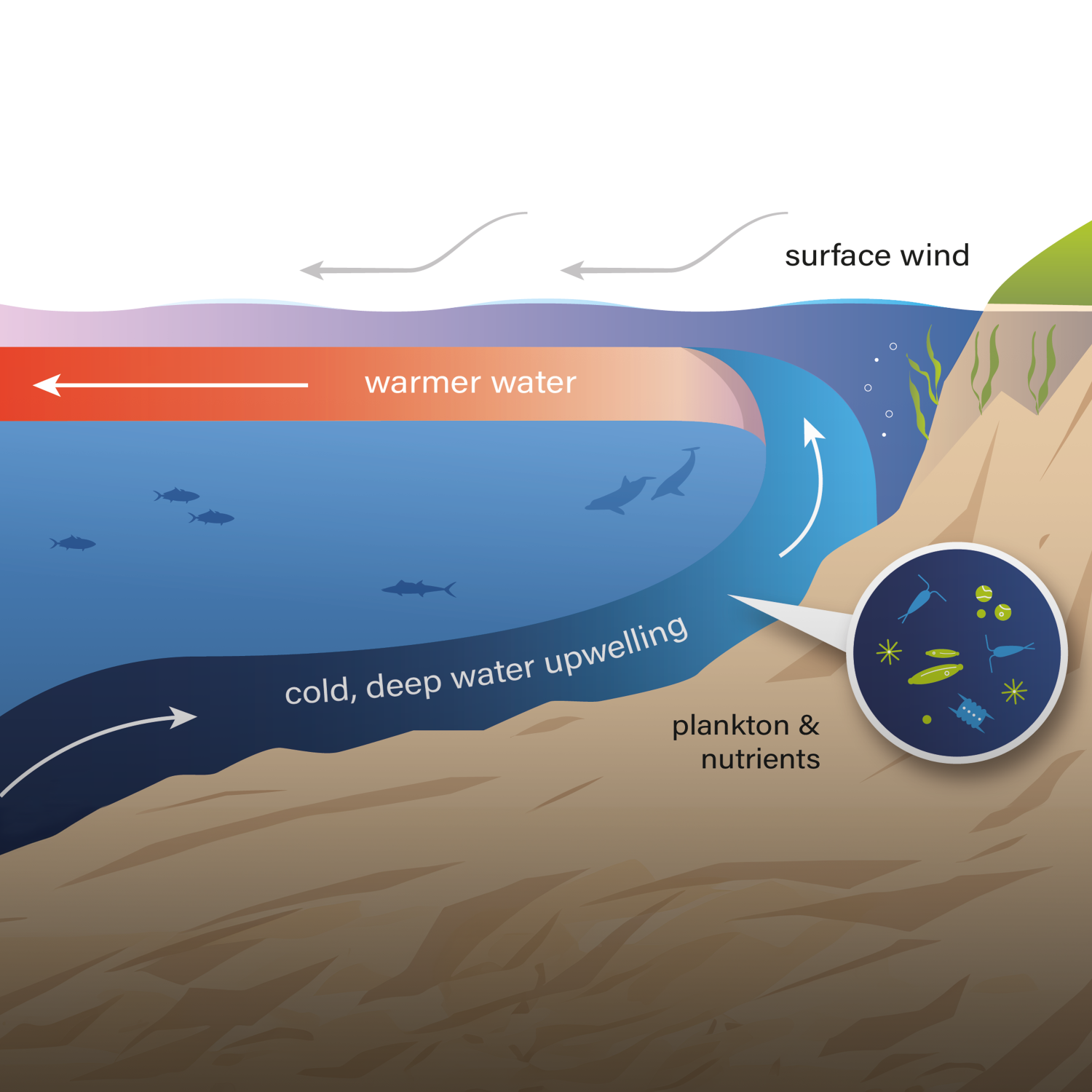
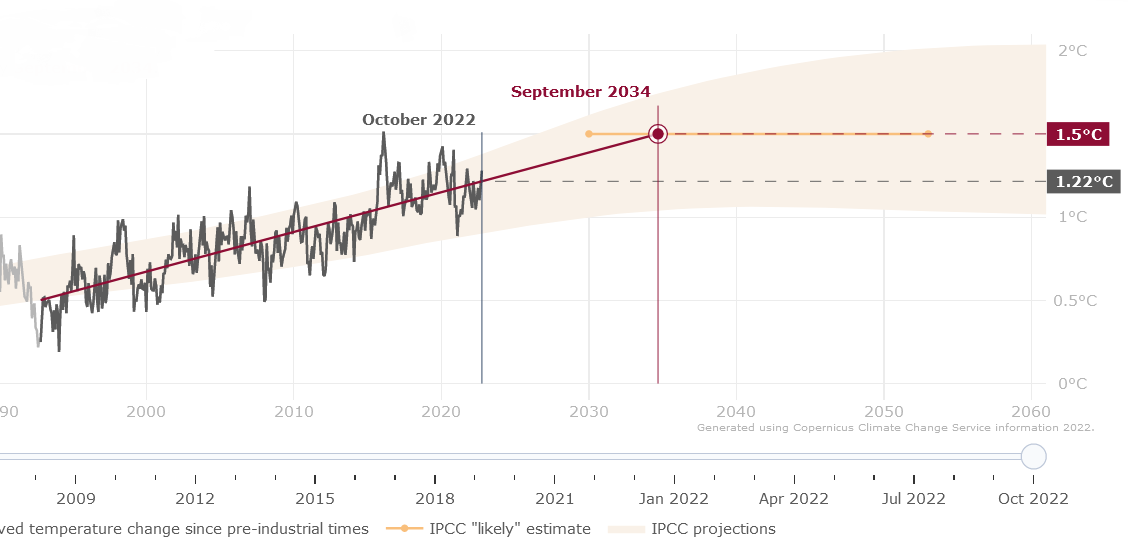
VisualisingGlobal Warming Trendsover time
Collaborating with ECMWF & B-Open, Design & Data developed an interactive application to visualise the current global warming trend in relation to reaching the globally adopted 1.5°C limit.
Explore more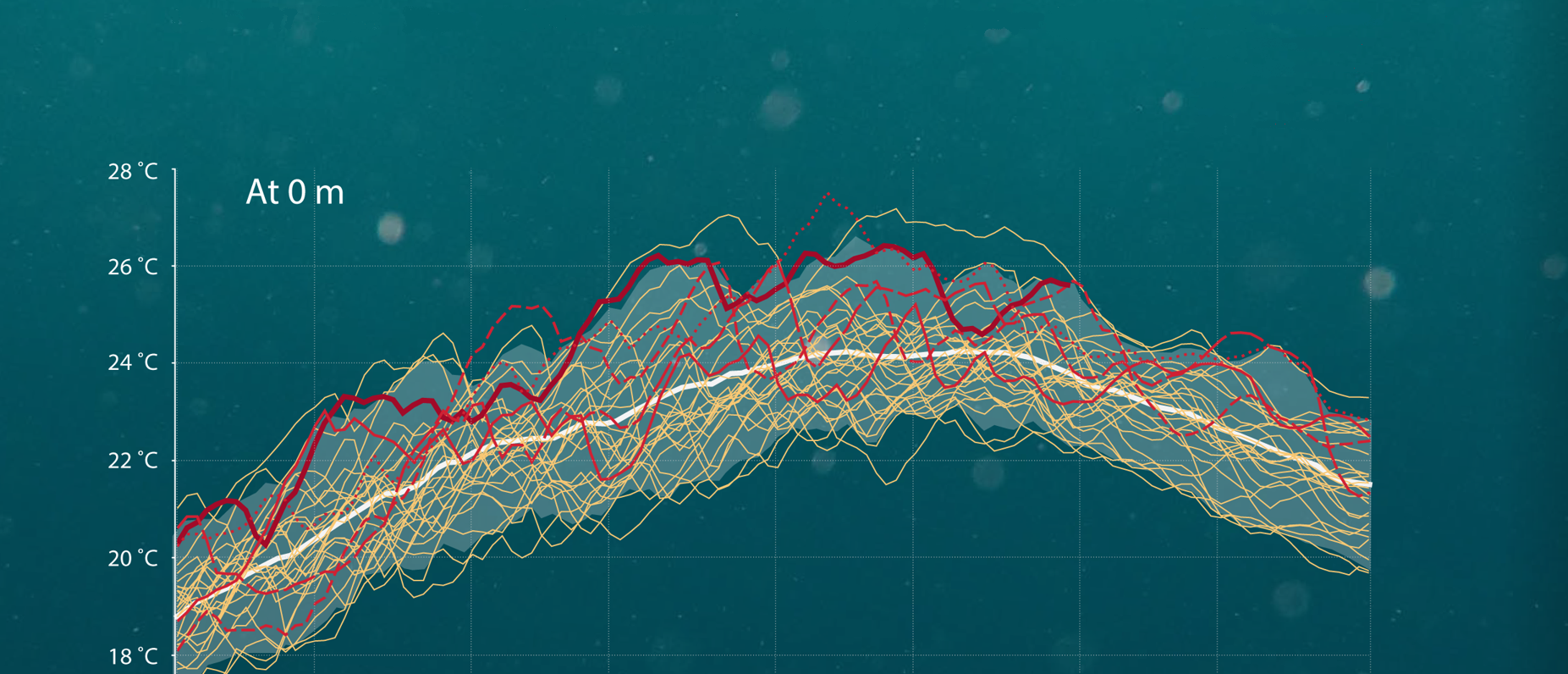
Graphic Design forData Visualisation
Using creative graphic design and programming, D&D created a new version of an infographic highlighting the rise in recent marine heatwaves in the Mediterranean Sea.
Explore more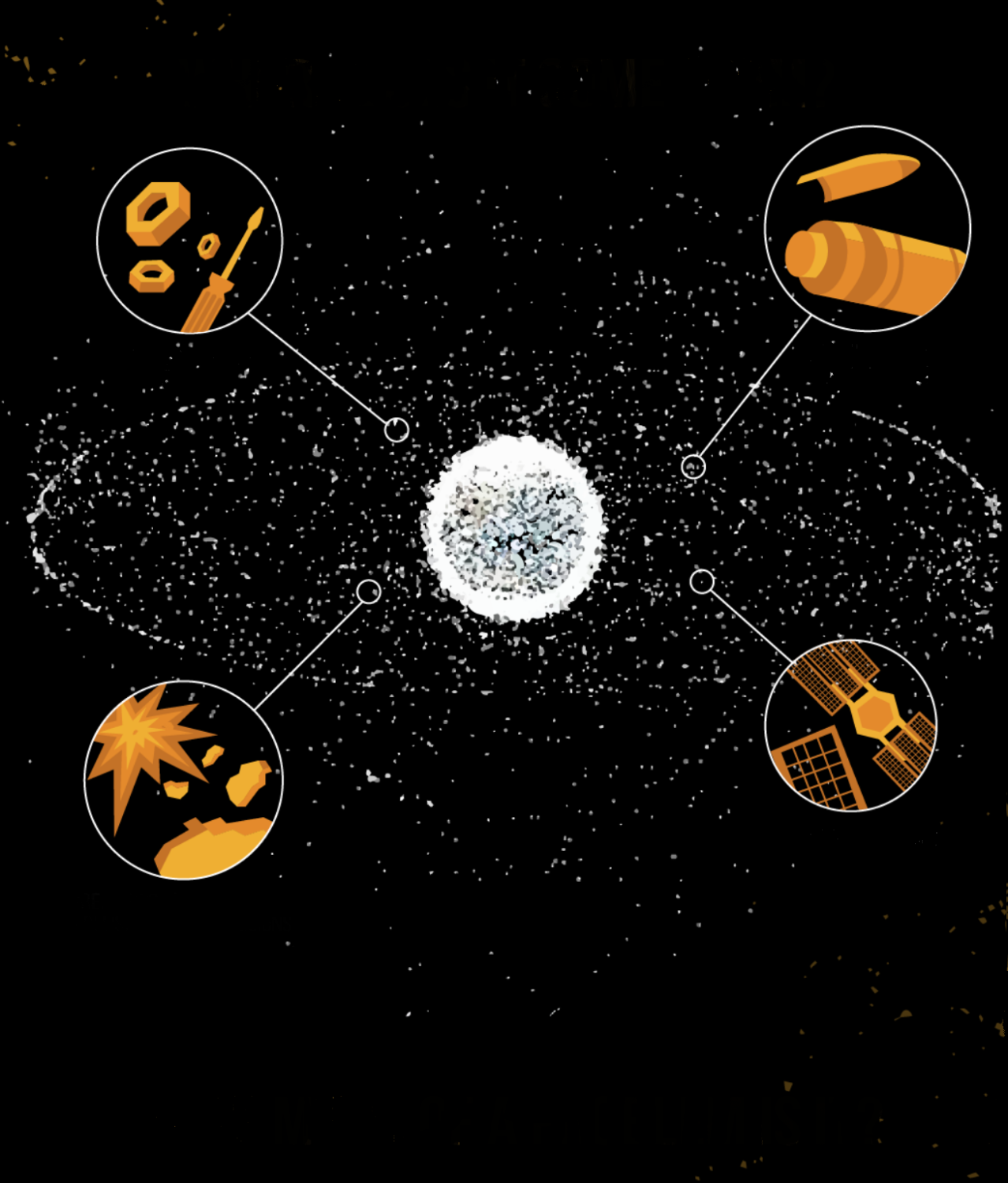
Developinginfographics forSpace Startups
Design & Data developed a series of infographics using a panel-based layout style for versatile use in long-form websites and short-form social media.
Explore moreDesigning video presentationsfor introducing EUMETSAT operations
To introduce how EUMETSAT uses satellites and monitors weather, Design & Data created an informative video presentation to increase understanding of the brand to visitors at the EUMETSAT headquarters.
Explore more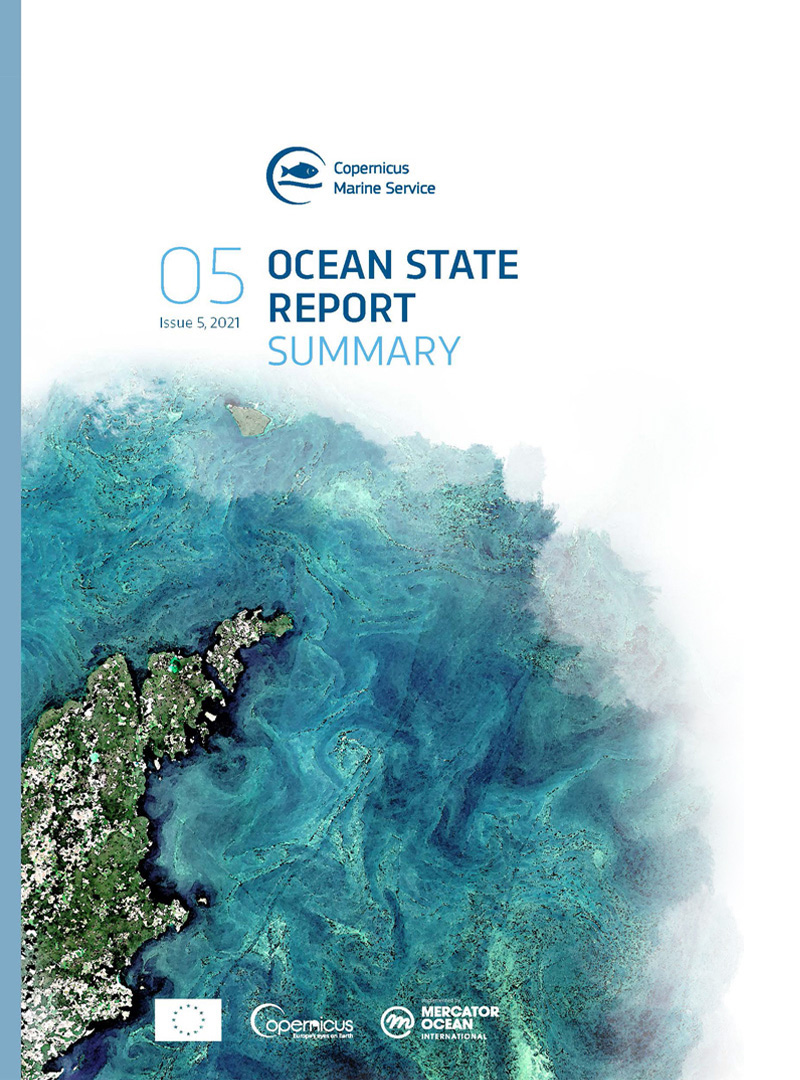
Creation of theOcean State ReportSummary, Issue 5
Design & Data produced a 20-page summary for the 5th annual Ocean State Report alongside Mercator Ocean International, providing a comprehensive report on the state, variations, and changes in the global ocean.
Explore more